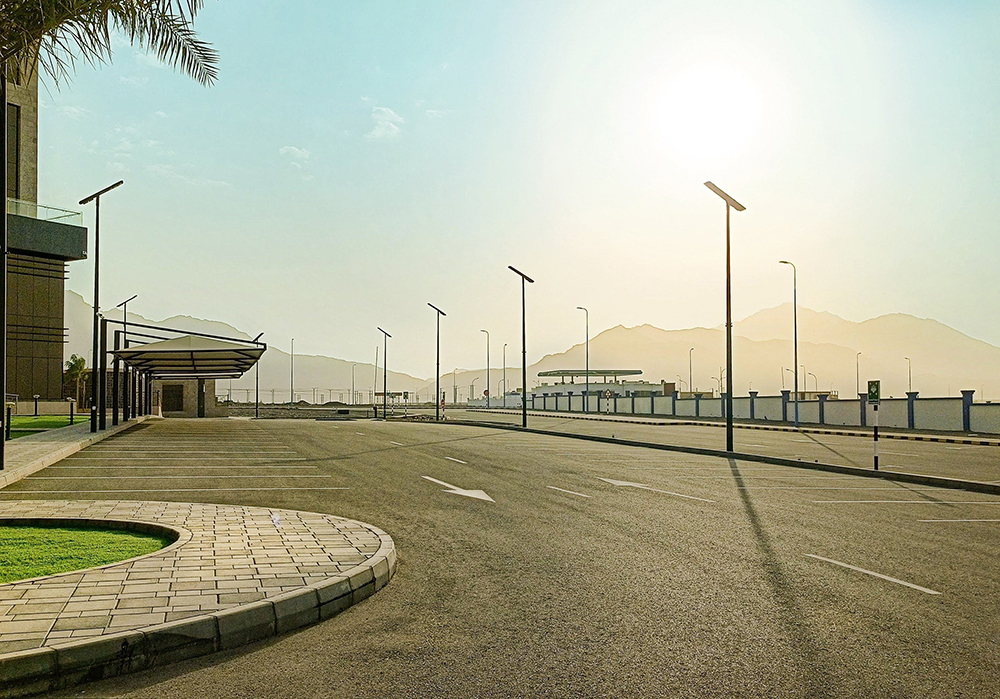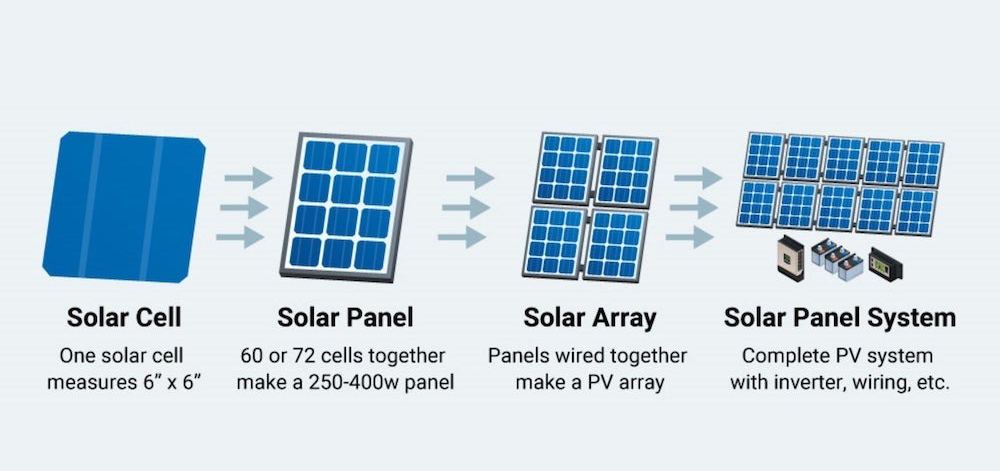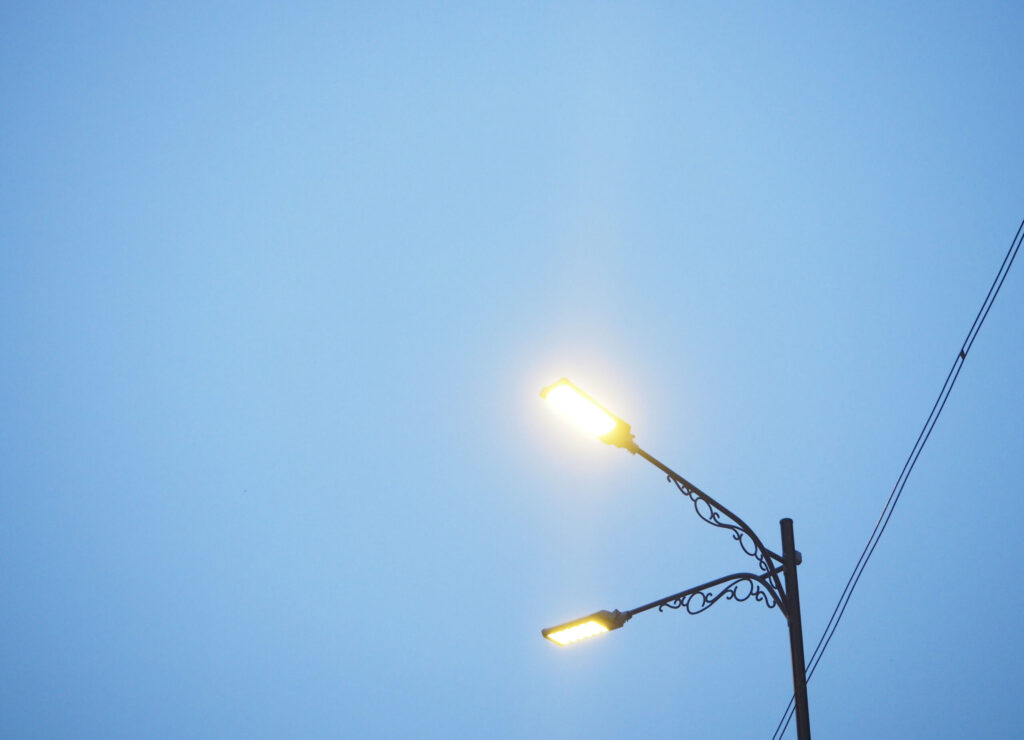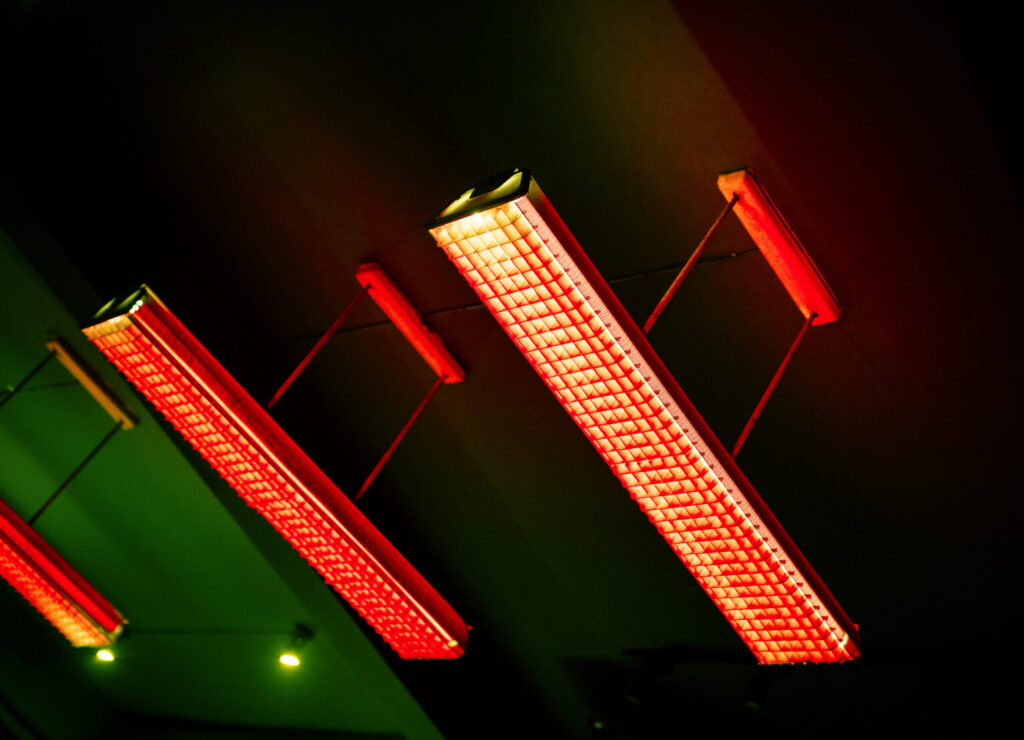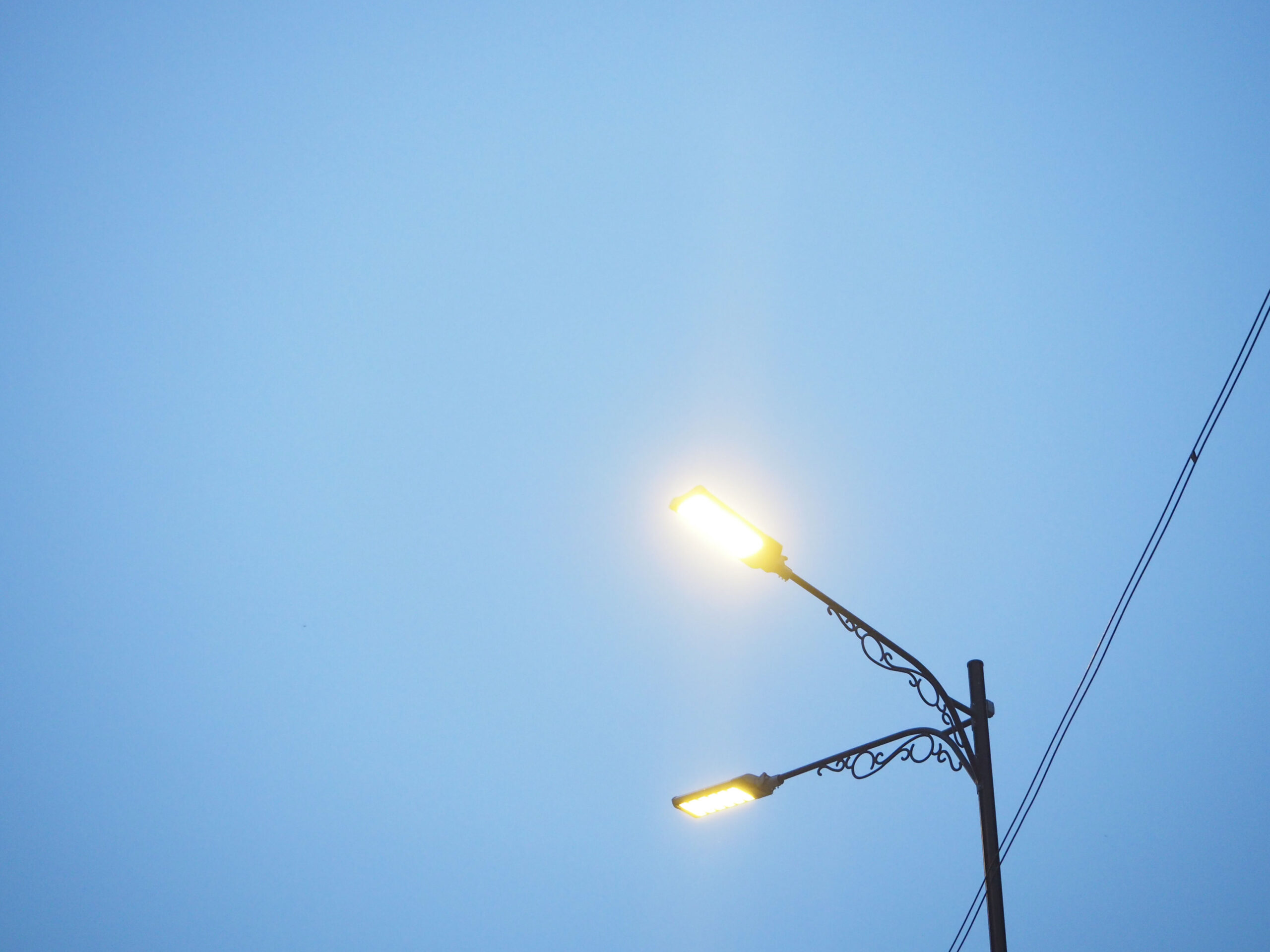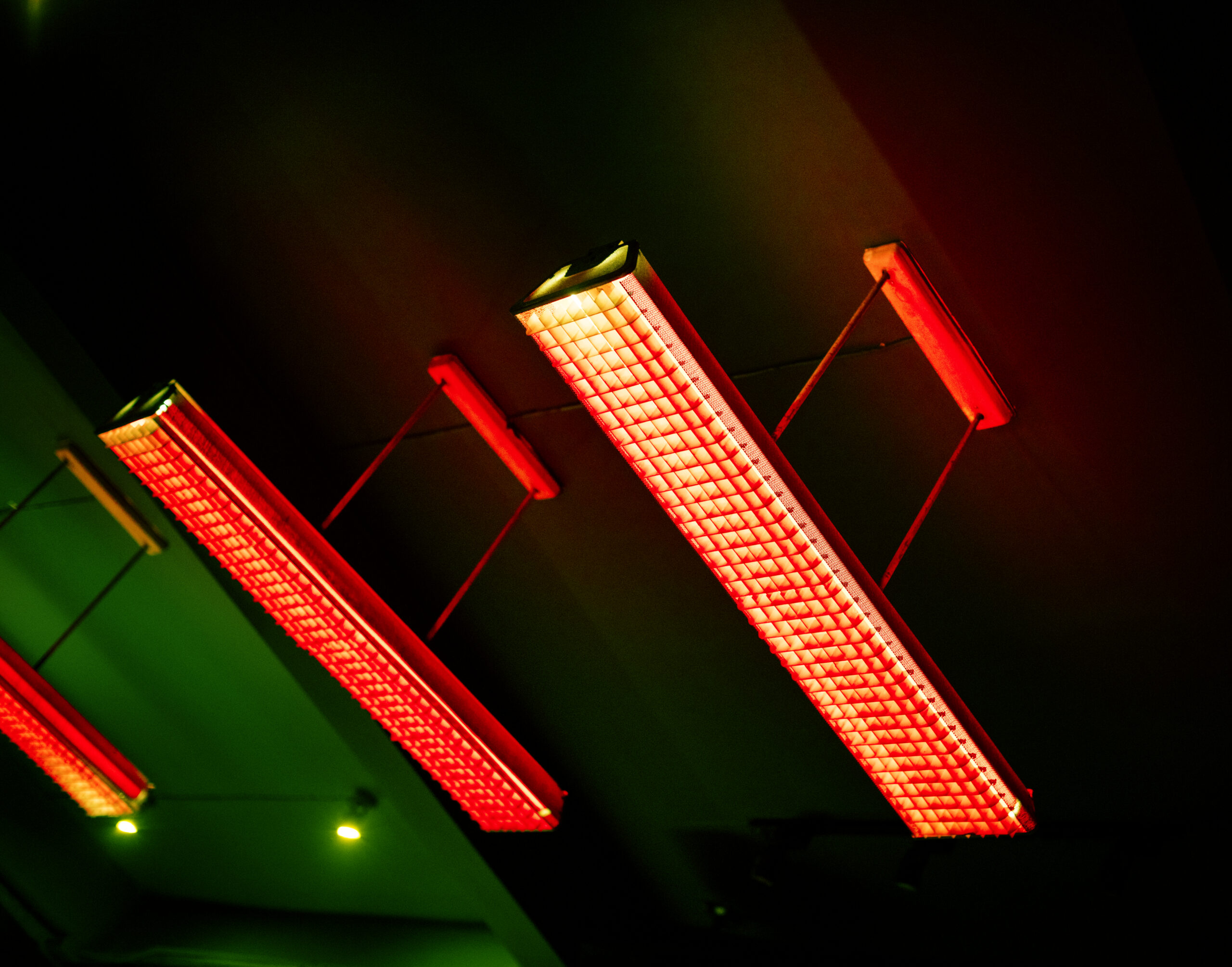Did you know that the global solar energy market is projected to grow by over 20% annually, reaching $223 billion by 2026? As the world shifts toward renewable energy, solar-powered solutions are becoming increasingly popular, and one of the most impactful innovations is solar street lights
In this blog post, we’ll explore what solar street lights are, their key benefits, the different types available, and their diverse applications. We’ll also discuss important features to consider when choosing solar street lights, their installation and maintenance, and how they contribute to a greener future. By the end, you’ll understand why solar street lights are a game-changer for sustainable outdoor lighting.
What Are Solar Street Lights?
Definition:
Solar street lights are standalone lighting systems that harness energy from the sun to provide illumination during the night. Unlike traditional street lights that rely on grid electricity, solar street lights operate independently, making them an ideal solution for both urban and remote areas.
Components:
Solar street lights consist of several key components that work together to ensure efficient operation:
Solar Panel: The solar panel is the heart of the system, responsible for capturing sunlight and converting it into electrical energy.
Battery: The battery stores the energy generated during the day, ensuring the light can function throughout the night.
LED Light: LED lights are used for illumination due to their high efficiency, long lifespan, and low energy consumption.
Controller: The controller regulates the charging and discharging of the battery, protecting it from overcharging or deep discharge.
Pole: The pole provides structural support for the entire system, ensuring the solar panel and light are positioned correctly for optimal performance.
How They Work:
Solar street lights operate through a simple yet efficient process:
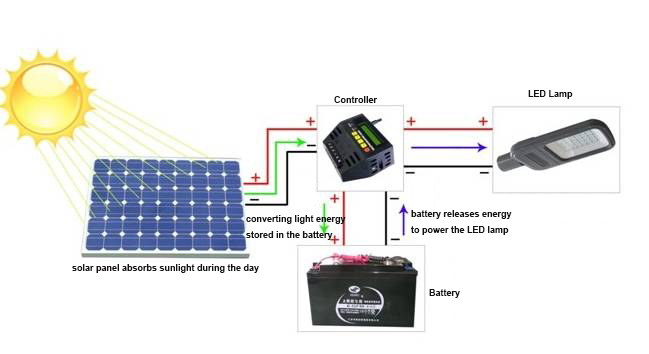
Sunlight Absorption: During the day, the solar panel absorbs sunlight and converts it into electrical energy.
Energy Storage: The generated energy is stored in the battery, which is designed to hold enough power to last through the night.
Automatic Activation: As daylight fades, the controller automatically turns on the LED light using the stored energy.
Illumination: The LED light provides bright, consistent lighting throughout the night, enhancing visibility and safety in the area.
Recharge Cycle: The next day, the system repeats the process, recharging the battery and preparing for another night of operation.
Benefits of Solar Street Lights
Environmental Benefits:
Reduction in Carbon Footprint: Solar street lights significantly reduce greenhouse gas emissions by relying on clean, renewable energy instead of fossil fuels.
Use of Renewable Energy: By harnessing the power of the sun, these lights contribute to a sustainable future and decrease dependence on non-renewable energy sources.
Economic Benefits:
Lower Electricity Bills: Since solar street lights operate independently of the grid, they eliminate electricity costs, making them a cost-effective lighting solution.
Reduced Maintenance Costs: With fewer moving parts and durable components like LED lights, solar street lights require minimal maintenance compared to traditional lighting systems.
Social Benefits:
Improved Safety and Visibility: Solar street lights provide consistent and reliable illumination, enhancing safety in public areas such as streets, parks, and pathways.
Enhanced Community Well-Being: Well-lit public spaces foster a sense of security, encourage outdoor activities, and improve the overall quality of life for residents
Types of Solar Street Lights
All-in-One Solar Street Lights: Compact and easy to install.
Split-Type Solar Street Lights: Separate components for flexible installation.
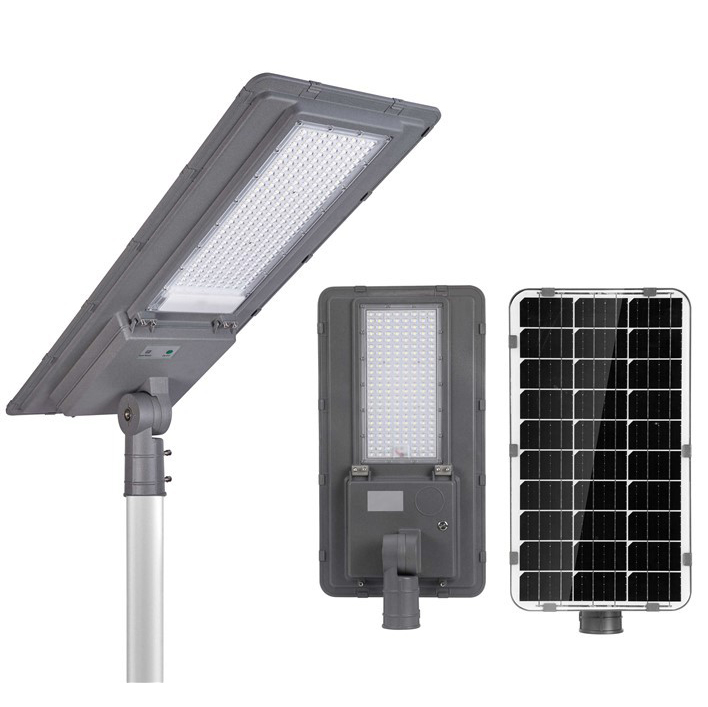
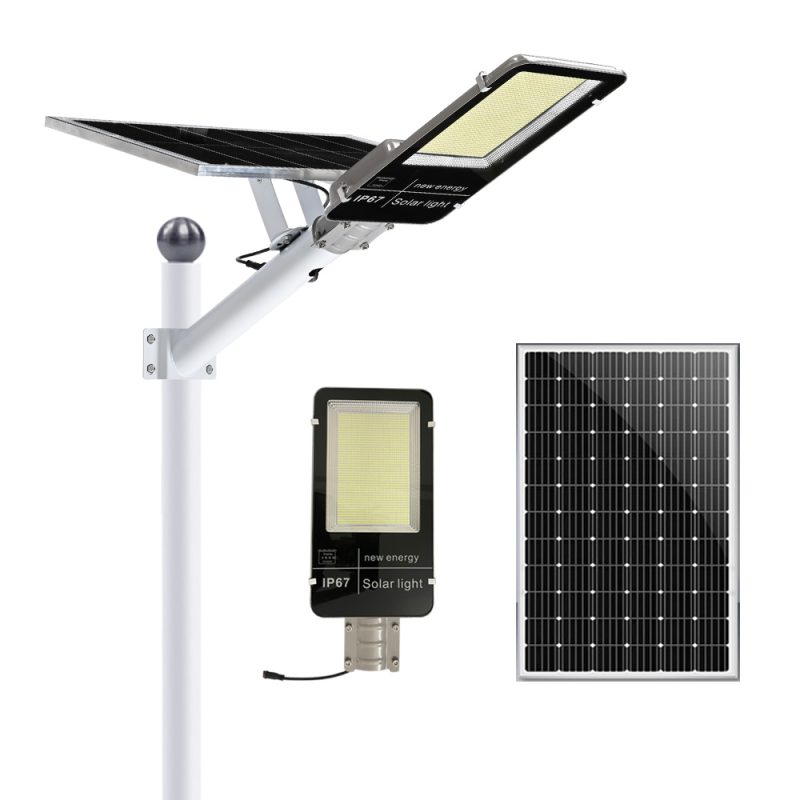
Applications of Solar Street Lights
Urban Areas: Streets, parks, and public spaces.
Rural Areas: Remote locations without access to the grid.
Commercial Use: Parking lots, campuses, and industrial areas.
Residential Use: Driveways, gardens, and pathways.
Key Features to Consider When Choosing Solar Street Lights
Brightness and Lumens: Importance of adequate lighting.
Battery Life and Storage Capacity: Ensuring long-lasting performance.
Durability and Weather Resistance: Withstanding various environmental conditions.
Smart Features: Motion sensors, remote control, and IoT integration
Wanna know more about the lights?
There are many variations of passages of solar lights and LED lights



